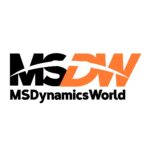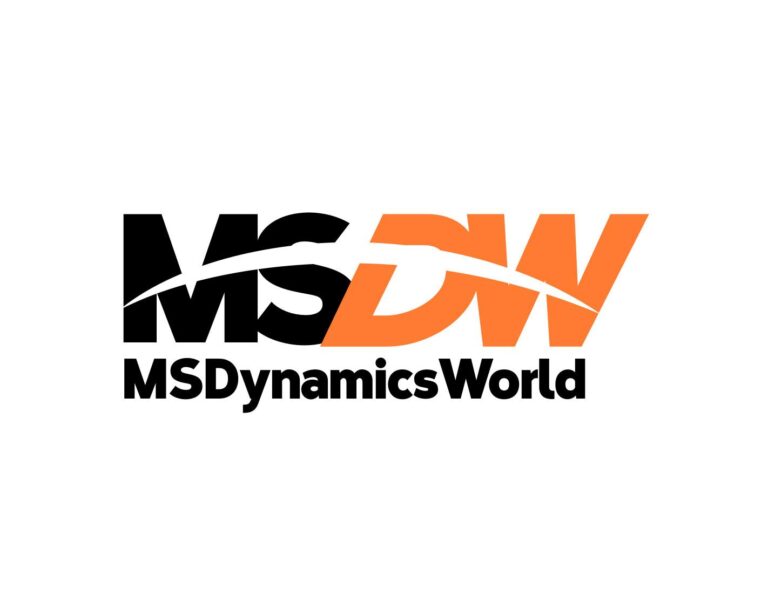
Guide to Salesforce Health Cloud
Salesforce Health Cloud has become an essential IT management system in today’s medical industry. It has become especially important during the pandemic when hospital systems required an efficient and effective cloud to help navigate through the chaos of the pandemic. Salesforce Health Cloud was the answer needed to improve patient experiences and clinical treatment efficiency.
Healthcare organizations have found a safe haven in Salesforce Health Cloud as it has allowed them to focus on their customer service and client care in a simplified manner. The cloud provides a system for file management and record keeping that healthcare administration can use in an organized and immaculate fashion.
About Salesforce Health Cloud
Salesforce Health Cloud is a health centered IT CRM system that allows for healthcare and life sciences organizations the opportunity to gain insight into the experience of their customers. Customer relationship management, also known as CRM targets consumers of a specified industry in a way that will allow for the industry to improve upon itself with the feedback they are given.
Salesforce Health Cloud places focus on the doctor-patient relationship and allow healthcare organizations to manage their patient records with ease and efficacy. The health cloud integrates information from various sources to create a comprehensive patient file that the doctor and healthcare organization can use in the treatment of the patient.
The sources used by the Salesforce Health Cloud include electronic medical records, medical devices used on the patient, and any wearables (like sensors on the body). The information from these sources is compiled for each patient and the resultant files allow doctors to have detailed histories of their patients. It is also easier to look for trends in their health and alter treatment courses to suit their needs better.
Another useful feature of the Salesforce Health Cloud is the community platform. The private communities allow caregivers within the system to collaborate with one another to optimize the patient experience. Patients can also browse through healthcare plans they may be considering, speak to healthcare providers and fill out any forms they may need on their next doctor’s appointment. In today’s era, where patient-centered care has become the one and only approach to healthcare, Salesforce has come up with an ingenious way for healthcare providers to connect with their patients on a safe and secure platform.
Thus, the Salesforce Health Cloud has found a way to streamline the patient and doctor experience. This streamlining has created a means for doctors to make a difference in their patients’ lives, which has become particularly important during the COVID-19 pandemic. The smoothness of the experience allows for healthcare providers and everyone else working within the system the time to concentrate on other important aspects of the healthcare system.
Salesforce Health Cloud versus Salesforce Industries Cloud
Salesforce Health Cloud is only a singular type of cloud introduced by Salesforce. The Salesforce Industries Cloud is an umbrella term that incorporates the six different clouds that Salesforce introduced. These clouds include the health cloud, philanthropy cloud, government and aerospace cloud, consumer goods cloud, manufacturing cloud, and financial services cloud.
While the main goal of the Salesforce Health Cloud is to improve upon doctor-patient relations by providing a system that can integrate and manage patient files for a convenient and organized use, the other clouds introduced by Salesforce have their similar aims and objectives to those of the Salesforce Health Cloud. However, the main difference is that the other Salesforce clouds target different industries and different kinds of consumers/customers.
The Salesforce Financial Services Cloud was introduced specifically for businesses within the financial sector (like banks, lending firms, wealth managers, etc.) and their clientele. The manufacturing cloud was created for manufacturers, including factories. The consumer goods cloud was introduced at around the same time as the manufacturing cloud and it aimed to help consumer goods sellers increase their sales and productivity. The government and the aerospace cloud was created to help the government and any sectors working under it monitor and secure their data. The philanthropy cloud was targeted at philanthropic efforts within organizations, allowing them to optimize and measure their impact within the social sphere.
Salesforce created various clouds as a means to help different industries with their primary concerns, especially when it came to their clients and customers. Industries can take advantage of the intricate customer relations management systems that have been articulated by Salesforce. These beneficial systems can increase productivity, efficiency, and sales by compiling useful data on the industry-specific consumers.
Salesforce Health Cloud Market Growth
The market for the Salesforce Health Cloud has significantly increased with the rise of the Coronavirus and the start of the pandemic. This is because of the amount of chaos that the pandemic has caused within the healthcare industry. Hospitals, insurance providers, and other healthcare organizations have understood the urgent need for an organized system for their patients. The need to improve upon file management systems was also apparent during this time. Many patients came to doctors with their health-related data scattered across several platforms. Thus, an integrated file was needed to keep up with the number of patients contracting coronavirus, especially those with pre-existing conditions.
Organizations that have made use of the Salesforce Health Cloud have reported on significant improvements in customer engagement and satisfaction. These improvements have encouraged other organizations within the market to make use of this facilitative system, especially with its many features that help both the healthcare providers and their patients.
The patient centric approach that Salesforce has taken is particularly useful, especially with the number of patients who are moving towards more modern means of researching on their healthcare-related needs. Salesforce allows for a personalized experience for patients, which is a definite way to increase their satisfaction and engagement. The move into modern technology allows for Salesforce to ensure they have an advantage within the market, ensuring increased and guaranteed market growth.
Thus, the need for the Salesforce Health Cloud and similar clouds is imminent and increasing with every passing day.





